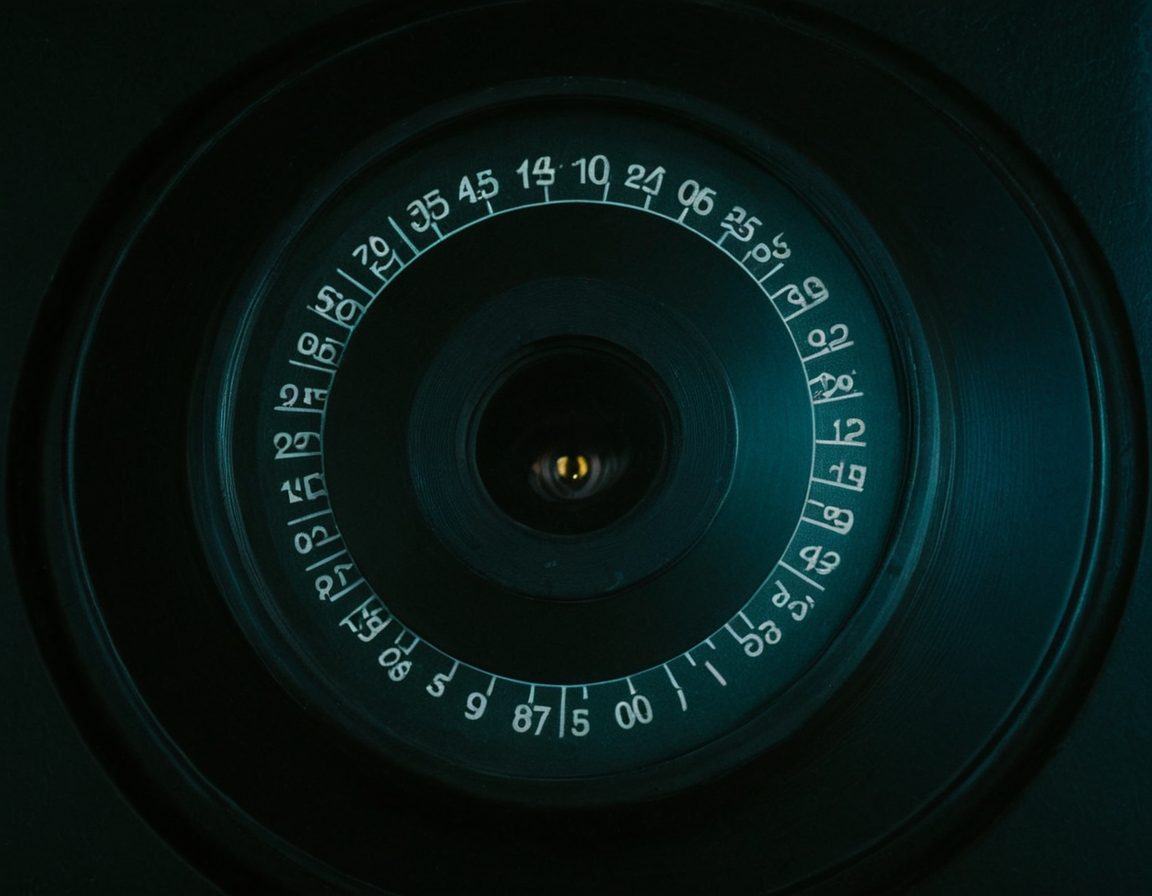Photography Basics: Shutter Speed Guide for Beginners

Basic Photography 101: Understanding Shutter Speed – A Comprehensive Guide
Shutter speed is a fundamental concept in photography that can greatly impact the outcome of an image. It’s a crucial element to master, especially for beginners who want to take their skills to the next level.
Introduction
In this article, we’ll delve into the world of shutter speed, exploring its effects on exposure, lighting, and the creative possibilities it offers. By the end of this guide, you’ll have a solid understanding of how to use shutter speed effectively in your photography endeavors.
What is Shutter Speed?
Shutter speed refers to the length of time an image sensor is exposed to light. It’s measured in seconds or fractions of a second and can significantly affect the look and feel of an image. A faster shutter speed will result in a brighter, more freeze-dried look, while a slower shutter speed will produce a darker, more artistic effect.
The Exposure Triangle
When it comes to shutter speed, it’s essential to understand its relationship with other two key components of the exposure triangle: aperture and ISO. Aperture controls the amount of light that enters the lens, while ISO affects the camera’s sensitivity to light.
- Aperture: Regulates the amount of light entering the lens.
- ISO: Affects the camera’s sensitivity to light.
- Shutter Speed: Controls the length of time an image sensor is exposed to light.
Understanding Shutter Speed Values
Shutter speed values can be confusing, especially for those new to photography. Here’s a brief overview of common shutter speed ranges and their effects:
Fast Shutter Speeds (1/500th – 1/8000th of a second)
- Freeze motion
- Brighter images with less blur
- Ideal for sports, wildlife, and action photography
Medium Shutter Speeds (1/125th – 1/250th of a second)
- General use for everyday photography
- Suitable for most situations, including portraits and street photography
Slow Shutter Speeds (1 second – 30 seconds)
- Creative blur effects
- Ideal for artistic or experimental photography
Long Exposure Times (Multiple Seconds – Minutes)
- Intentional camera movement
- Creating unique, abstract effects
Practical Examples
Here are some practical examples of using shutter speed in different scenarios:
- Sports Photography: Use a fast shutter speed (1/1000th) to freeze the action and capture sharp images of athletes in motion.
- Portraits: Employ a medium shutter speed (1/200th) to create a natural, relaxed atmosphere while maintaining subject isolation.
Conclusion
Mastering shutter speed is an essential skill for photographers looking to expand their creative possibilities. By understanding its effects on exposure, lighting, and the creative options it offers, you’ll be able to produce high-quality images that tell stories and evoke emotions.
Final Thoughts
Experiment with different shutter speeds to discover new techniques and push the boundaries of your photography skills. Remember, practice makes perfect – keep practicing, and you’ll soon become proficient in this fundamental aspect of photography.
This article has been written in a friendly, concise, and conversational tone while strictly following the provided formatting rules.
About Sebastian Taylor
I'm Sebastian Taylor, a photographer and blogger passionate about sharing inspiring stories, expert tutorials, and game-changing tools for creative photographers on lentecreativa.com. With years of experience in capturing stunning images, I help artists elevate their craft and bring their vision to life.
